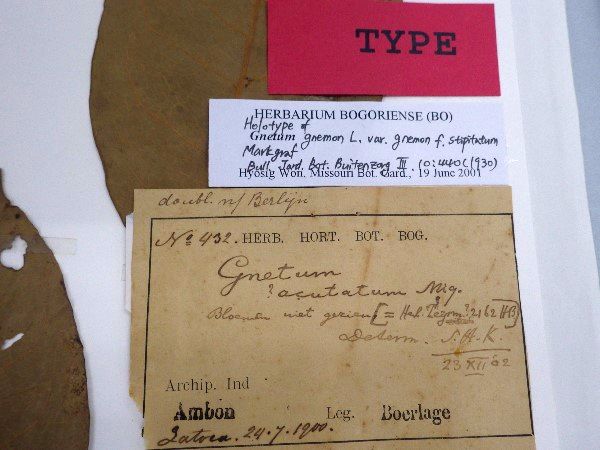(Upload on March 25 2025) [ 日本語 | English ]
Mount Usu / Sarobetsu post-mined peatland
From left: Crater basin in 1986 and 2006. Cottongrass / Daylily
HOME > Lecture catalog / Research summary > Glossary > Nomenclature
Three major nomenclaturesICBN (The International Code of Botanical Nomenclature)1867 Paris Code (1st society meeting) 1994 Tokyo Code 2000 St. Louis Code 2006 Vienna Code 2011 Melbourne Code (for algae, fungi and plants)
ICN (International Code of Nomenclature for algae, fungi, and plants) ICZN (The International Code of Zoological Nomenclature) ICNP (The International Code of Nomenclature of Prokaryotes) International Botanical Congress (国際植物会議)held at 5-6 year intervalsDealing with the scientific names of plants is decided by the International Code of Botanical Nomenclature The code is headed for debates at International Botanical Congress hosted by International Association for Plant Taxonomy (IAPT) The content of act: determining the usage of the category (分類群) rank (級), depending on the hierarchy → recusing the conntent
Scientific name (学名)Binomial nomenclature (二名法)The International Plant Names Index (IPNI) (植物学名データベース)Three components = generic name (属名) + species epithet (種小名) + authority (命名者名)
Oryza sativa Linne Philodendron scandens K. Koch et F. Sellow ssp.oxycardium (Schott) Bunt |
Syngameon (交配集団/繁殖群): A group of genetically related organisms that may or may not be morphologically similar and may belong to different genera Priority (先取権)
Def. gen. nov. (genus nova, new genus) (新属) Def. comb. nov. (新組合せ) = combinatio nova (new combination)
indicating that a species has been transferred to a different genus, resulting in a new scientific name
Role: a formal mechanism for updating scientific names to reflect new taxonomic understanding + preserving historical continuity and nomenclatural stability
Ex. Fallopia japonica (Houtt.) Ronse Decr., comb. nov. (formerly Polygonum cuspidatum Houtt. Def. n. n. or nom. nud. (nomen nudum) (裸名): a scientific name that appearing valid but lacking a proper description
→ officially unavailable in taxonomy
published in a recognized scientific outlet |
|
The synonym of a botanical scientific name is a name that also applies to this same taxon. A synonym can not exist in isolation: it is always "a synonym of …". For plant ecologists, the selection of scientific names is one of the problems. In botany synonyms can be:
|
A homotypic synonym need not share an epithet or name with the correct name, but only the type. For example the name Taraxacum officinale, mentioned above, has the same type as Leontodon taraxacum L. The latter is a homotypic synonym of Taraxacum officinale F. H. Wigg. Basionym (basyonym, 基礎異名)a previously published legitimate name-bringing or epithet-bringing synonym from which a new name is formed for a taxon of different rank or position (ICBN)Homonym (異物同名) a name for a taxon that is identical in spelling to another such name, that belongs to a different taxon |
|
= the global standard for naming cultigens Notable Cultivars are not taxonomic ranks under the ICN |
Latin names are not required; instead, names must be unique, stable and non-misleading ICNCP names coexist with ICN names (Ex. a cultivar belongs to a species but is named differently) |
|
Bacterial taxonomy = taxonomy of bacteria, systematic bacteriology or bacterial systematics (細菌分類学) 1917 Buchanan (US): Manual of determinative bacteriology the Chairman Bergy = so-called "Bergy's manual" 6 orders, 30 families, 88 genera - adopted to the standard taxonomical syllabus 1923 Bergy's manual (1st edn), revised every six years1930 (Paris): First International Congress of Microbiology International Code of Nomenclature of Bacteria, ICNB (国際細菌命名規約)
following Species Plantarum (Linnaeus 1753) 1939 3rd ICNB (New York) 1947 4th ICNB (Copenhagen) 1950 5th ICNB (Rio de Janeiro) 1953 6th ICNB (Rome) International Code of Nomenclature of Bacteria and Viruses (1958) renamed from ICNB 1957 Bergy's manual (7th edn)10 orders, 47 families, 190 genera 1958 7th ICNB (Stockholm)1962 8th ICNB (Montreal) |
1966 9th ICNB (Moscow) 1968 Judicial Commission of ICNB (Leicester) 1970 10th ICNB (Mexico City) 1973 11th ICNB (Jerusalem) 1974 Bergy's manual (8th edn): entire revision of the syllabus Binomial nomenclature (2名法) + strain name (株名) Ex. Escherichia coli K-12 Not adopted class and higher orders bcause of unclearness between the phylogeny and hierarchy 1978 12th ICNB (München)1980 Approved Lists of Bacterial Names 1982 13th ICNB (Boston) 1986 14th ICNB (Manchester) 1990 15th ICNB (Osaka/大阪) 1990 Lapage et al.: ICNB Bacteriological Code, 1990 Revision Approved officially by International Committee on Systematic Bacteriology 1999 International Code of Nomenclature of Prokaryotes (ICNP), renamed2008 ICNP revised |
|
Def. typification (タイプ化): the process of designating a type specimen or type element that serves as a reference point (固定点) for the application of a plant name
= essential requirements for a nomenclatural taxon Typological speciesSpecies identified by the type specimen→ Morphospecies (形態種): species named by typology Type specimen (基準標本)
|



Holotype of Gnetum gnemon L. var. gnemon f. stipitatum Markgraf. Bull. Jard. Bot. Buitenzorg III 10: 440 (1930). Hyosig Won, Missouri Bot. Gard., 19 June 2001 in the Herbarium Bogoriense (BO), LIPI Cibinong Science Center, Cibinong, Indonesia, on January 25 2018. |
|
pl. herbaria (cf. fungarium for fungi) that is a space or room for collection of preserved plant specimens Herbarium codeH: University of Helsinki (Helsinki, Finland)K: Royal Botanic Gardens (Kew, England) L: Nationaal Herbarium Nederland (Leiden, Netherlands) S: Swedish Museum of Natural History (Stockholm, Sweden) W: Museum of Natural History of Vienna (Vienna, Austria) BM: British Museum of Natural History (London, England) BO: Herbarium Bogoriense (Bogor, Indonesia) LE: Komarov Botanical Institute (St. Petersburg, Russia) MO: Missouri Botanical Garden (St. Louis, Missouri, USA) NY: New York Botanical Garden (Bronx, New York, USA) |
SAPS: Herbarium of the Hokkaido University Museum (terrestrial plants, Sapporo, Japan)
ca. 400000 land-plant specimens with ca 150000 pending cataloging or integration Global Biodiversity Information Facility (GBIF)Free and open access to biodiversity data (international organization)Darwin Core, DwCData format developed by Biodiversity Information Standards (TDWG)stored in DwC-A (archive) |